The colour of Paris: Peter Cornelius
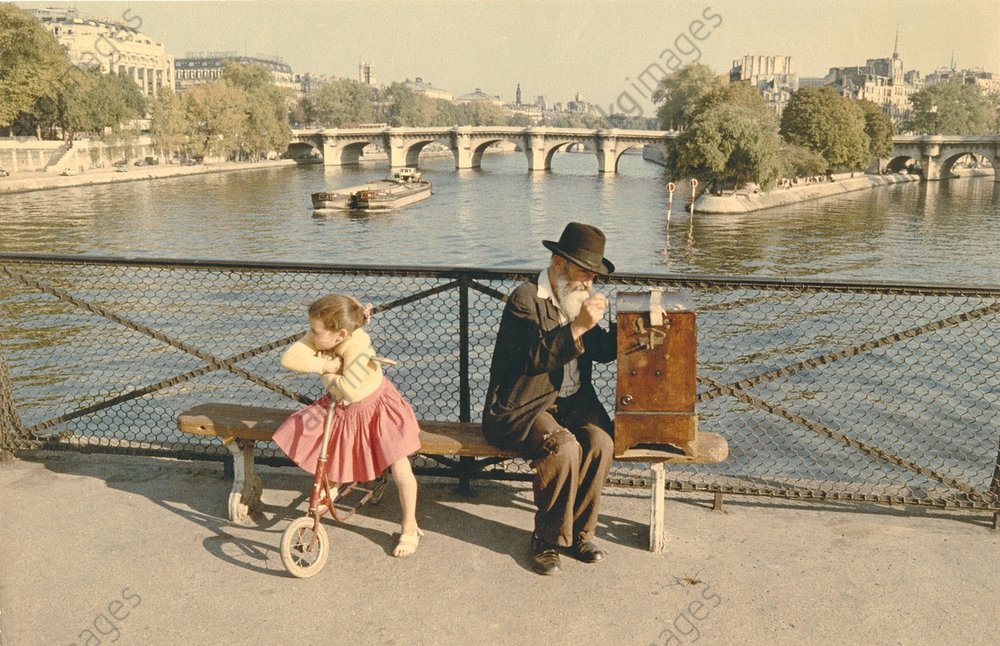
In 1956, the photo industry introduced a brand new 35 mm colour film flexible enough to allow for colour manipulation in the darkroom. This invention would change the career of one particular photographer in our archive: Peter Cornelius.
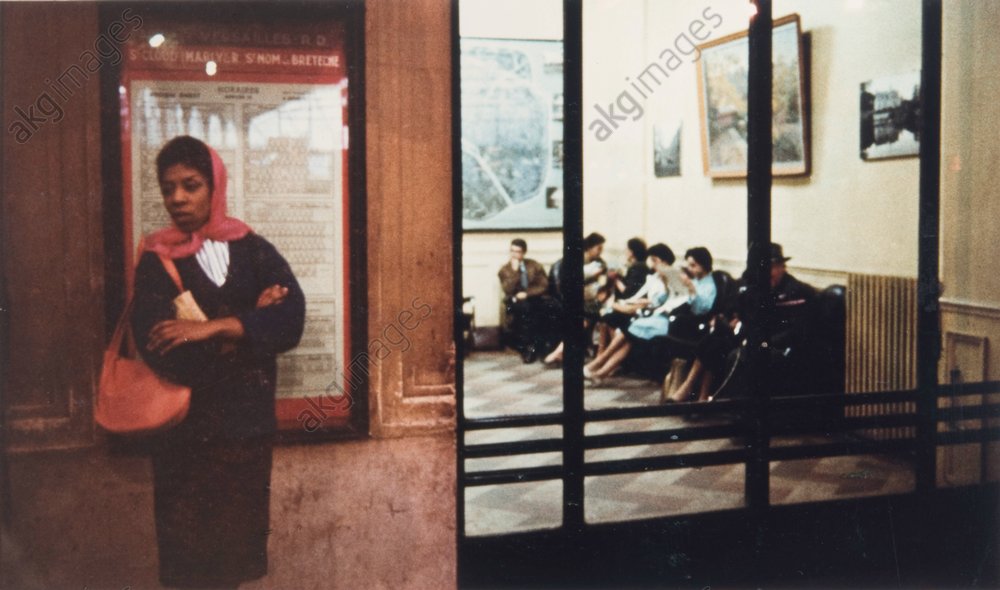
Born in 1913, Peter Cornelius began his career as a photographer for a newspaper based in his hometown of Kiel, Germany. During the Second World War, Cornelius served as a radio operator and photographer, even spending some time as a Russian prisoner of war. Miraculously, he managed to preserve his treasured Leica camera throughout this period and after the war he was able to resume work as a freelance photographer in Kiel. During this time, the main subject areas of his work were architecture, landscapes and sailing, but always in black and white.
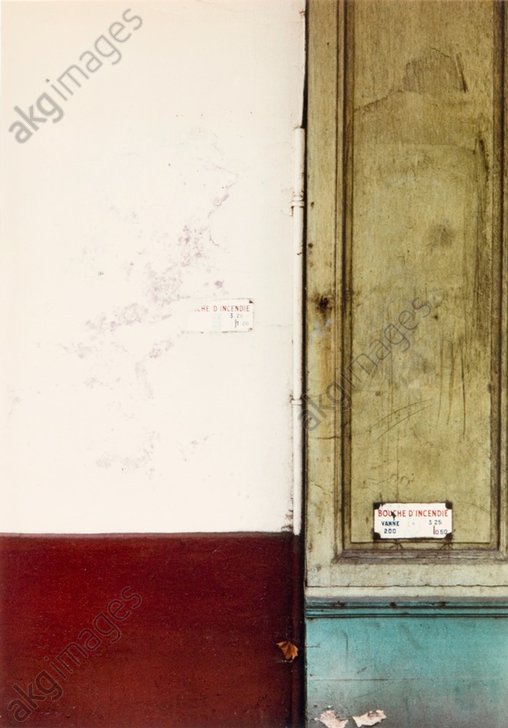
With the introduction of 35 mm colour film, Cornelius gave up black-and-white photography for good and concentrated on mastering the medium of colour photography. First published in Dusseldorf in 1961, the book “Paris in Colour” was the product of four years of visits to the French capital and became the first colour photography book of its kind. All the pictures were taken on Agfacolor negative film (CN 17 and CN 14) which, as Cornelius writes in the afterword to the book, allowed him to make corrections to the colour, contrast and brightness in the enlargements. He used a Leica camera and shot the majority of the pictures at close range with a 35 mm wide-angle lens.
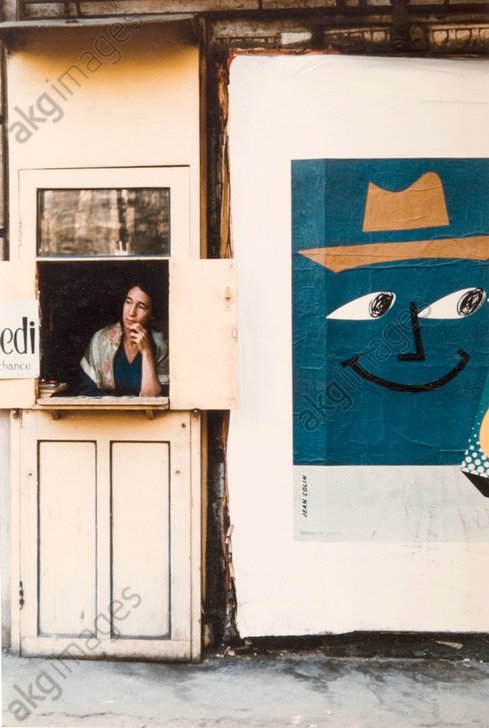
After the success of “Paris in Colour” Cornelius published a number of colour photography books of Kiel, determined to update the grey image many people had of his hometown. Cornelius’ exhibition “Magic of Colour” at the Photokina in Cologne in 1960 was a great success, and as a pioneer of colour photography, he inspired young photographers such as Horst H. Baumann, Jesper Høm and Thomas Höpker, who became a Magnum photographer and lifelong friend.
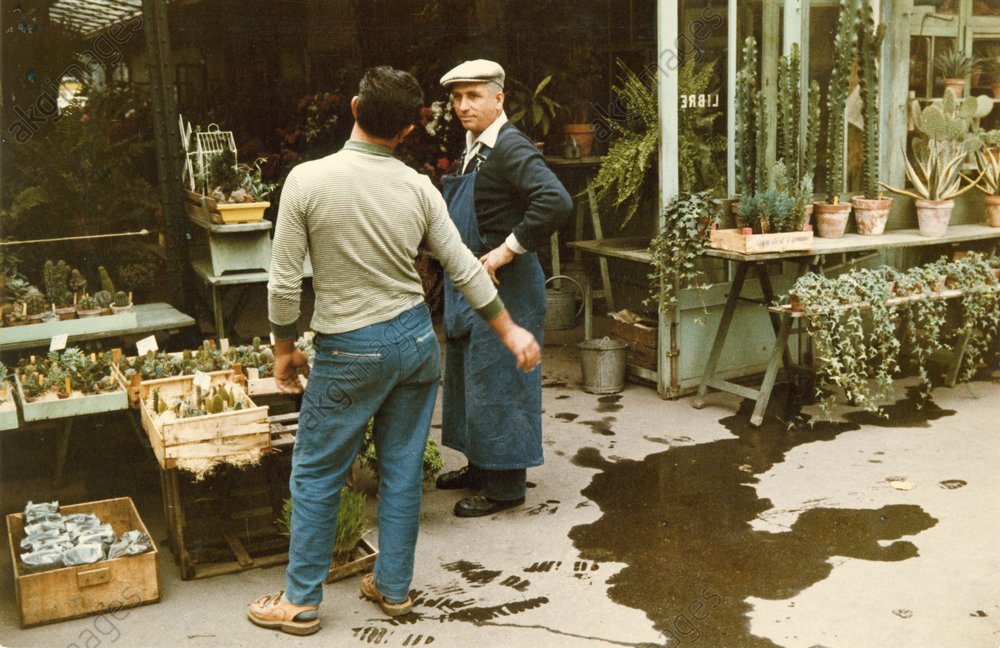
What is so remarkable about Peter Cornelius is that, unlike many other photographers, his intention was not to reproduce reality accurately. Instead, Cornelius developed his darkroom technique in such a way that he was able to reproduce an image to match the vision in his memory.
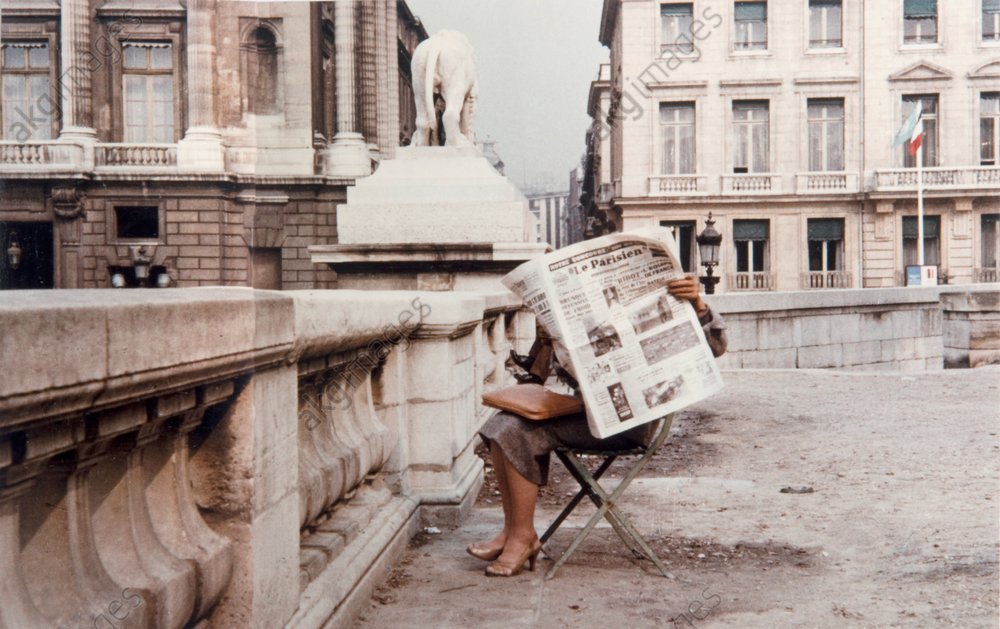
The images from Peter Cornelius’ seminal “Paris in Colour” are available through akg-images for licensing; you can see a further selection of images organised by theme over on the akg-images website.